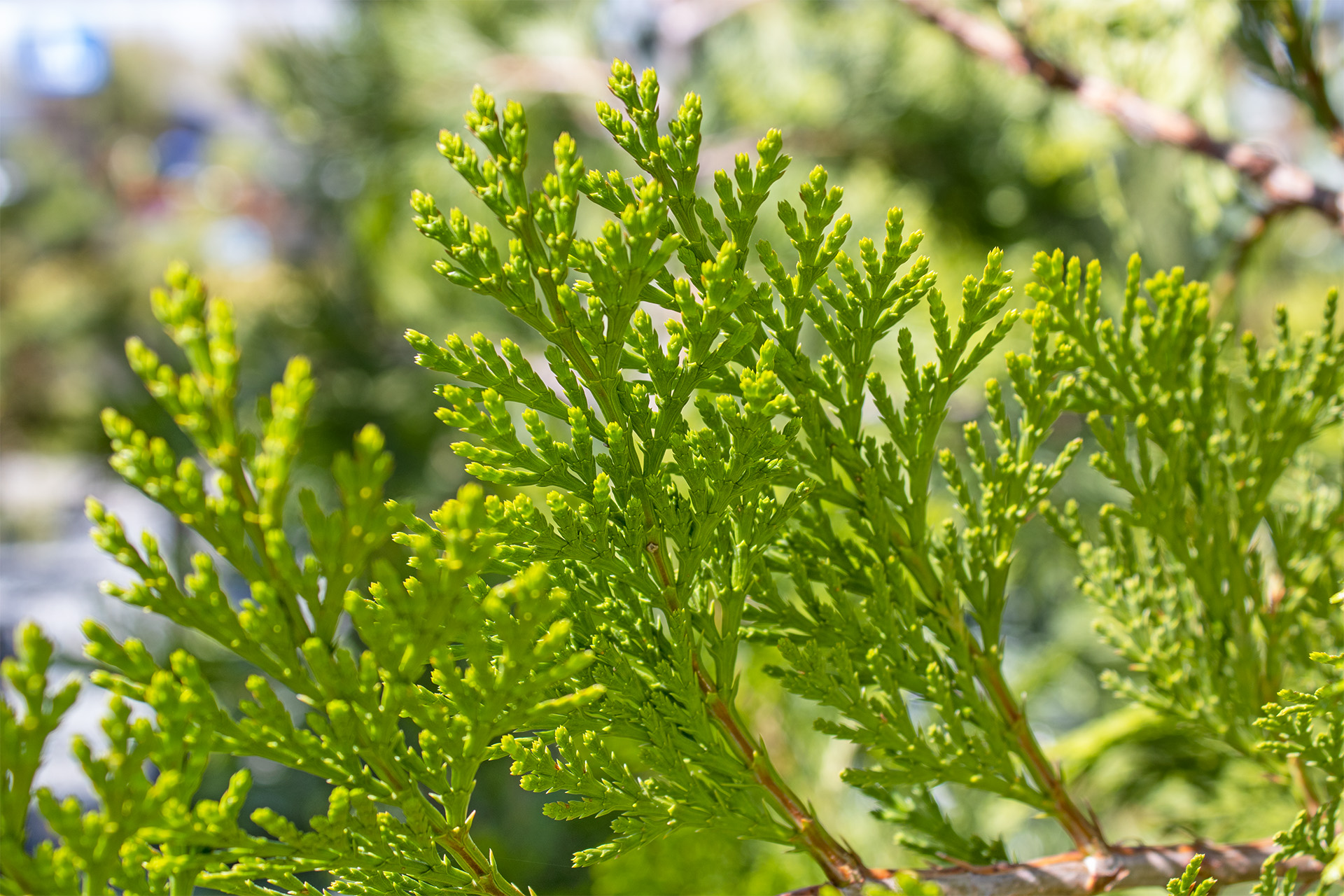Share

Deadheading & You: Tips, Tricks, Pros, & Cons
Deadheading sounds more like something you’d do at a rock concert than in your garden, but if you want plants that flower longer each year then this is an important practice to pick up! As the name implies, deadheading is when you remove dead heads, or spent flowers, from your plants. Just because it sounds simple doesn’t mean there aren’t any tips and tricks though.
For the best results, use sharp and sterilized hand-held pruners or scissors when deadheading your plants. Emphasis on the word sharp! Dull blades can cause unnecessary damage to your plants. Think of it like surgery. Would you want your doctor to use a dull scalpel? Keeping your deadheading tools small enough to fit in your hand means you can make more precise cuts too, which also reduces the risk of additional damage. Also be sure to sterilize your tools before or after use with either rubbing alcohol or by soaking the blades in a 10% bleach solution for 3 minutes to prevent transmitting diseases between plants.
Pruning and deadheading methods can vary between plants, but as a general rule of thumb you want to make your cuts at least a quarter inch above the nearest leaf or stem to the spent flower and at a 45 degree angle. If you want to prune more than just spent flowers to shape your plant, be careful not to take too much and still aim for being a quarter inch away from the nearest leaf or stem when you make your angled cuts so the plant can heal properly. This applies to pruning branches off trees as well, though trees shouldn’t be pruned in fall unless they’re a danger to people. When cutting perennials back for winter, you can either prune as usual or, since many varieties regrow from the base each year, you can cut back almost the entire plant. Don’t cut down flush to the ground though as this can damage the crown of the plant, where the stem and roots meet. This is where the new growth comes form in spring so this needs to stay intact regardless of how much you want gone!
The biggest benefit to deadheading is more blooms per flowering season. For plants that are capable of blooming multiple times in one season, which is most perennials and annuals, removing the spent flowers means that the plant can redirect its focus from producing seeds to growing new flowers. You can get multiple extra rounds of blooms by deadheading, even for plants that have very long flower lifespans like Shasta Daisies. Deadheading is also a great way to keep your plants looking tidy and for encouraging them to focus on establishing their roots so they can grow strong and healthy. If you’re having an issue with rodents in your garden, deadheading can be one way to keep them from being attracted to your yard as it removes the potential for seeds being available for them to eat.
On the flip side, there are some drawbacks to deadheading. The most notable is that the seeds those spent flowers would eventually produce can be a vital food source for desirable wildlife, especially feeder birds. Song sparrows, juncos, and goldfinches are just some examples of birds that are drawn to gardens for seeds. Deadheading will also reduce reseeding, so if you’re trying to renew or further develop your garden from the plants you already have then you may want to leave the spent flowers standing so the seeds can spread. You can always combine the best of both worlds too: deadhead the first round of blooms to get a second round to enjoy, then leave the second round to go to seed. It’s all a matter of which benefits you prefer. Either way, remember to keep your tools in peak shape and prune appropriately!
If you have questions about deadheading and pruning needs for your specific plants, don’t hesitate to ask one of our Plant Doctors by stopping by any of our stores in-person or contacting us online. Check out the video below with Plant Doctor Jon Bruyn for a visual guide to deadheading perennials and roses:
If you have any questions, stop by any one of our three Moana Nursery garden centers or contact us online.
Share

Annuals grow fast and bloom hard. That kind of performance takes fuel, and fertilizer is their go-to energy source.

With its graceful shape, aromatic wood, and vital ecological role, the Incense Cedar is more than just an attractive tree—it’s a fantastic addition to any garden in the high desert.

The Sun Valley Red Maple is not just another tree—it's a resilient, seasonal beauty that thrives in the high desert, offering you years of color and grace in your landscape.

Whether you’re looking to enhance your garden with a striking ornamental tree or want a compact, resilient option for smaller spaces, the Snowdrift Flowering Crabapple tree is a fantastic addition to your landscape.
